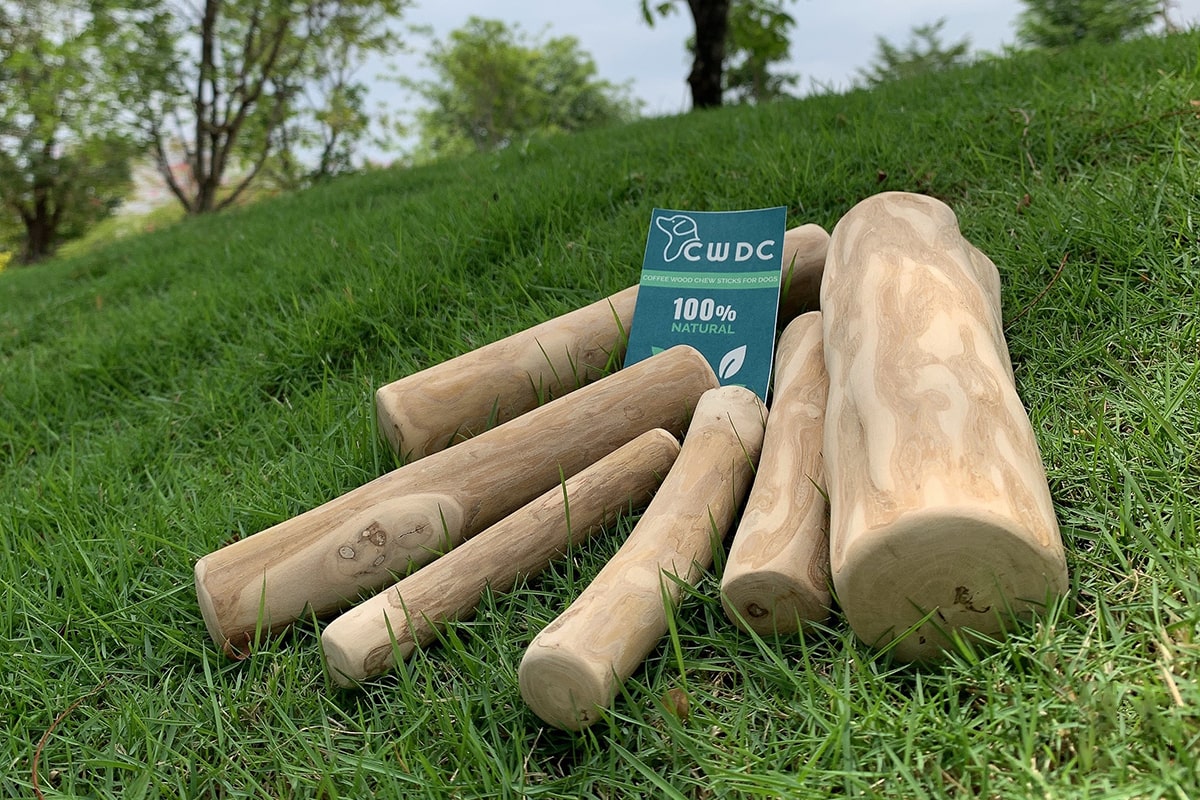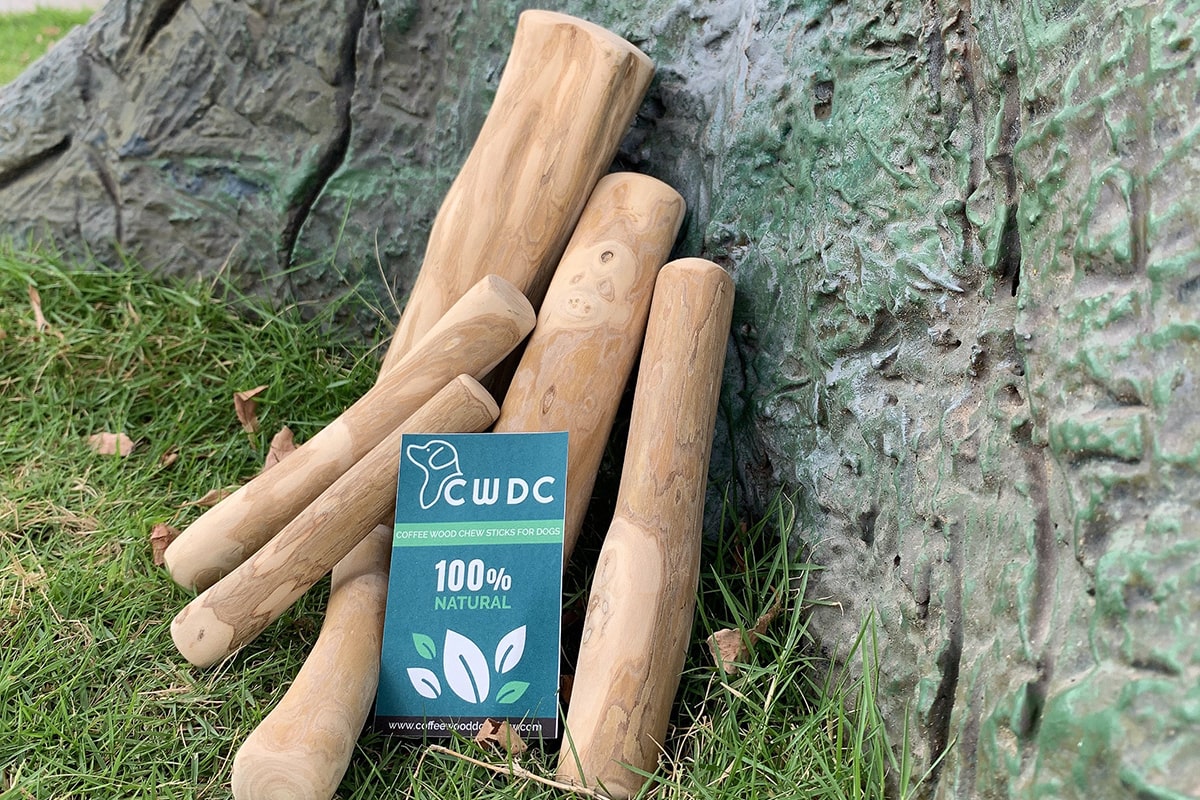Java wood, harvested from coffee trees that are no longer productive, has become one of the most sought-after materials in the bird-keeping world. But what exactly makes this wood so appealing to birds, and so beneficial from a scientific and behavioral standpoint? The answer lies in a combination of the wood’s physical structure, chemical properties, and natural resemblance to wild perches, all of which play a vital role in enhancing avian well-being.
1. Textural Complexity and Foot Health
Birds spend the majority of their lives on their feet. In the wild, they perch on uneven, irregular branches that vary in diameter and angle. Java wood mimics this natural complexity better than most processed perching materials. Its dense, irregular grain and gnarled surface provide a variety of gripping challenges, which helps birds exercise different muscle groups in their feet, toes, and legs.
This reduces the risk of common ailments like bumblefoot (foot sores caused by constant pressure on smooth or uniform perches), arthritis, and joint stiffness. By encouraging movement and muscle activation, Java wood perches promote circulation and foot strength, which are vital for long-term health.
2. Behavioral Enrichment and Chewing Satisfaction
Birds are highly intelligent and curious creatures that need mental stimulation. One of their natural behaviors is chewing, especially for parrots, who use their beaks to explore, shred, and manipulate objects.
Java wood is hard enough to resist immediate destruction yet soft enough to satisfy a bird’s natural urge to chew, making it ideal for enrichment. Unlike plastic or metal perches, which can be either boring or potentially hazardous when chewed, Java wood offers tactile engagement and encourages natural foraging and manipulation behaviors.
3. Safety and Non-Toxicity
Java wood is naturally free from toxic resins, sap, and oils that are present in many other types of wood, such as pine or cedar.
Additionally, reputable manufacturers like CWDC Vietnam air-dry the wood without chemical treatments, ensuring that the final product is safe for prolonged use. This is critical, as birds often use their beaks not only for chewing but also for climbing and preening on their perches.
4. Psychological Benefits: A Link to the Wild
In captivity, birds often suffer from boredom, stress, and anxiety when their environments are too sterile or predictable. Java wood stands and perches, with their natural twists, forks, and textures, offer a sensory experience that mirrors the wild perching behavior birds would engage in among tree canopies. This environmental familiarity helps reduce stress, improves mood, and encourages more natural movement patterns and vocalizations.
5. Structural Stability and Security
Java wood is a dense hardwood, making it extremely stable. This density gives it weight and resistance to tipping, essential for larger species like macaws or cockatoos, who need a strong base to feel secure. The sturdiness of Java wood stands gives birds confidence to explore and interact with their play gym or perch, knowing it won’t wobble or fall unexpectedly.
6. Eco-Friendly Origins and Ethical Appeal
From a sustainability perspective, Java wood comes from coffee trees that are over 20 years old and have reached the end of their agricultural productivity. Rather than being burned or discarded, the trees are repurposed into perches, stands, and trees offering an eco-friendly product that aligns with the values of conscious consumers. This reuse of natural material also minimizes deforestation and supports communities that depend on responsible forestry and handicrafts.
Conclusion
The reason birds love Java wood goes far beyond aesthetics, it’s rooted in science and instinct. Its complex texture supports optimal foot health, its density satisfies chewing needs, and its organic form mimics a bird’s natural environment, reducing stress and enhancing well-being.
Add in its chemical safety and sustainable origins, and it’s clear that Java wood offers a unique convergence of biological suitability, behavioral enrichment, and environmental ethics. For bird lovers looking to provide the best for their pets, Java wood isn’t just a perch, it’s a bridge to a healthier, more natural life.
Related Posts:
- The Role of Natural Perches in Bird Foot Health: Why Java Wood is Ideal
- Top Mistakes to Avoid When Buying a Java Wood Bird Perch
- Why Are Java Wood Bird Stands the Perfect Choice for Parrots?
- Java (Coffee) Wood Tree Bird Perch / Artificial Java (Coffee) Tree Plant for Home Decor Indoor or Outdoor Office…
- Natural Beauty Meets Function: The Unique Appeal of Java Wood Tunnels and Hideouts
- Java Wood Play Stands: Creating a Fun and Engaging Environment for Your Bird









